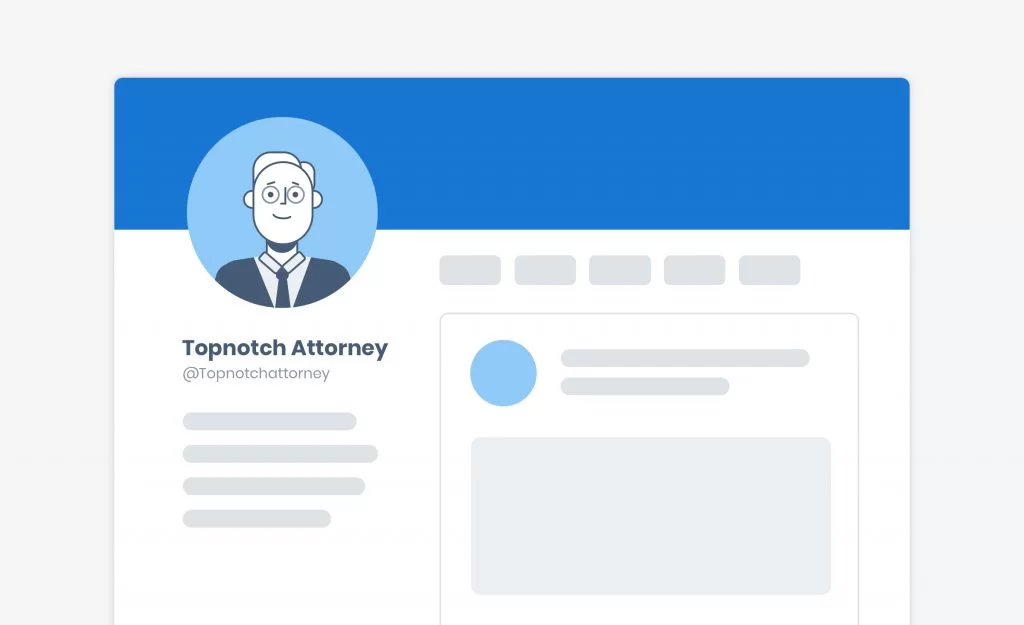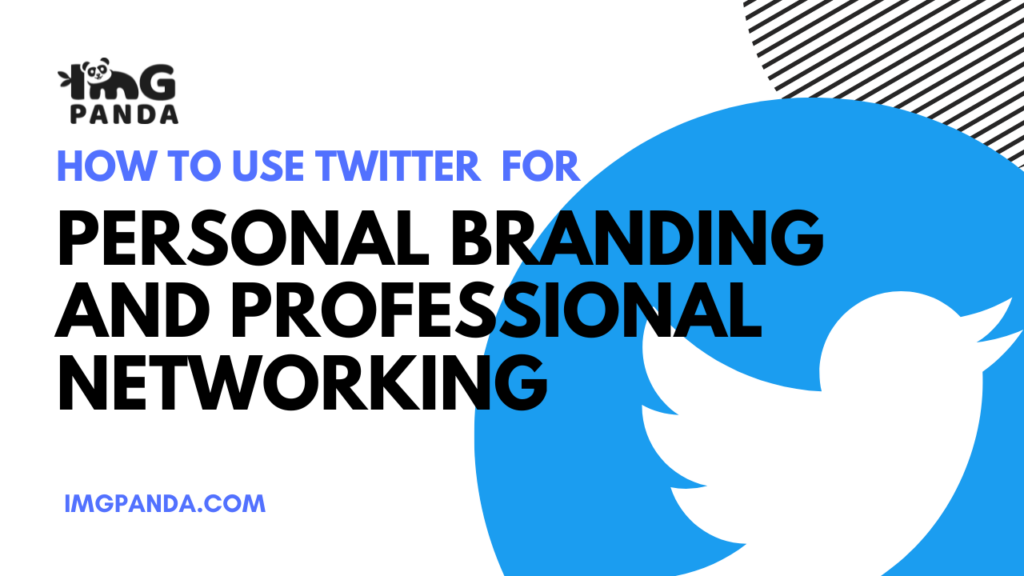Introduction
Twitter is a social media platform that allows users to share short, concise messages known as "tweets". With over 330 million active users, Twitter has become a popular tool for personal branding and professional networking. Personal branding involves creating a distinct image or reputation for oneself, while professional networking involves building relationships with other professionals in a given field.
Twitter provides a unique platform for personal branding and professional networking as it allows users to connect with individuals and organizations in their field, share industry news, and insights, and showcase their skills and expertise. Through Twitter, individuals can establish themselves as thought leaders in their field and connect with other professionals, leading to potential career opportunities.
In today's digital age, having a strong personal brand and professional network is crucial for career success. By using Twitter effectively, individuals can develop and maintain their personal brand, connect with other professionals, and stay up-to-date on industry trends and news.
Also Read This: How to Edit Freepik Mockup in Photoshop: A Step-by-Step Guide
Creating an Effective Twitter Profile
Creating an effective Twitter profile is crucial for personal branding and professional networking. A well-crafted profile can attract followers and make a positive impression on potential employers or colleagues. Here are some key elements to consider when creating a Twitter profile:
[caption id="attachment_193193" align="alignnone" width="1024"] Creating an Effective Twitter Profile[/caption]
Creating an Effective Twitter Profile[/caption]
Choosing the Right Username:
Your username should be simple, memorable, and professional. If possible, try to use your real name or a variation of it to make it easy for others to find you.
Creating a Compelling Bio:
Your bio is a brief description of yourself and your professional interests. It should be written in a clear and concise manner, highlighting your expertise and unique qualities. Including relevant keywords in your bio can also help you appear in search results.
Uploading an Appropriate Profile Picture and Header Image:
Your profile picture should be a professional headshot or a high-quality image that reflects your personal brand. Your header image can be a photo that represents your interests or a graphic that complements your brand.
By paying attention to these elements, you can create a professional and engaging Twitter profile that will attract followers and help you establish a strong personal brand. Additionally, updating your profile regularly with new information or accomplishments can keep your followers engaged and informed.
Also Read This: Downloading Photos from EyeEm: A Quick How-To
Building a Twitter Following
Building a Twitter following is an important aspect of personal branding and professional networking. Here are some key strategies to consider when building your Twitter following:
[caption id="attachment_193194" align="alignnone" width="1500"] Building a Twitter Following[/caption]
Building a Twitter Following[/caption]
Identifying and Following Relevant Accounts:
Start by identifying accounts that are relevant to your personal brand or industry. Look for accounts that share content that is valuable and interesting to you, and follow them. This can also help you discover new accounts to follow.
Consistently Posting High-Quality Content:
Posting high-quality content on a regular basis is key to building your Twitter following. Share content that is informative, engaging, and relevant to your followers. Use hashtags to make your content more discoverable, and retweet or reply to other users' content to build relationships.
Engaging with Followers and Other Twitter Users:
Engage with your followers and other Twitter users by responding to their tweets, retweeting their content, and asking questions. This can help build relationships and establish you as an active member of the Twitter community.
Running Promotions or Contests:
Running promotions or contests can help attract new followers and engage with existing ones. For example, you could run a giveaway or offer a discount code for your products or services.
Remember, building a Twitter following takes time and effort. Consistency is key, so be sure to regularly post high-quality content and engage with your followers and other Twitter users. As your following grows, you may also want to consider using Twitter Analytics to track your progress and make informed decisions about your content strategy.
Also Read This: Changing 123RF Password: Step-by-Step
Using Twitter for Personal Branding
Twitter can be a powerful tool for personal branding. By using Twitter effectively, individuals can establish themselves as thought leaders in their industry, showcase their skills and expertise, and create a unique voice and personality. Here are some key strategies for using Twitter for personal branding:
[caption id="attachment_193195" align="alignnone" width="1200"] Using Twitter for Personal Branding[/caption]
Using Twitter for Personal Branding[/caption]
Showcasing Skills and Expertise:
Twitter can be a great platform to showcase your skills and expertise in your field. Share your insights and opinions on industry news, provide tips and advice, and share your work or projects. By consistently sharing high-quality content, you can establish yourself as a knowledgeable and credible source of information.
Creating a Unique Voice and Personality:
Twitter is also a platform to showcase your personality and unique voice. Consider your personal brand and what sets you apart from others in your field. Use your tone, language, and style to convey your personality and create a memorable and engaging brand.
Sharing Relevant Industry News and Insights:
Sharing industry news and insights can help establish you as a thought leader in your field. Share articles, studies, and reports that are relevant to your industry, and provide your own commentary and insights. This can help position you as an expert in your field and attract followers who are interested in your perspective.
Remember, personal branding is about establishing a consistent and authentic image and reputation for yourself. By using Twitter effectively, you can showcase your skills and expertise, create a unique voice and personality, and establish yourself as a thought leader in your industry.
Also Read This: Adobe Stock Cost Breakdown: What You Need to Know
Using Twitter for Professional Networking
Twitter is also a powerful tool for professional networking. By using Twitter effectively, individuals can connect with other professionals in their field, participate in industry chats and hashtags, and promote professional events and opportunities. Here are some key strategies for using Twitter for professional networking: Here's a video on Twitter marketing strategies, specifically focusing on audience growth on the platform.
Participating in Industry Chats and Hashtags:
Industry chats and hashtags are a great way to connect with other professionals in your field. Look for industry-specific hashtags or Twitter chats, and join the conversation. Share your insights and opinions, ask questions, and engage with other participants. This can help you establish new connections and build relationships with other professionals.
Connecting with Industry Leaders and Peers:
Twitter is also a platform to connect with industry leaders and peers. Look for influential people in your industry and follow them. Engage with their content by retweeting, commenting, or asking questions. This can help you establish a relationship with influential people in your field and potentially open up new career opportunities.
Promoting Professional Events and Opportunities:
Twitter can be a great platform to promote professional events and opportunities. If you are organizing an event or looking to promote a job opening or business opportunity, share it on Twitter. Use relevant hashtags to reach a wider audience and engage with other professionals who may be interested.
Remember, professional networking is about building relationships and establishing connections with other professionals in your field. By using Twitter effectively, you can connect with other professionals, participate in industry conversations, and promote professional events and opportunities.
Also Read This: Exploring Alternatives: Platforms Similar to Shutterstock
FAQs
What is personal branding, and how can I use Twitter for it?
Personal branding is the process of creating a distinct image or reputation for oneself. Twitter can be used for personal branding by showcasing your skills and expertise, creating a unique voice and personality, and sharing relevant industry news and insights.
How can I build a following on Twitter?
To build a following on Twitter, start by identifying and following relevant accounts, consistently posting high-quality content, engaging with your followers and other Twitter users, and running promotions or contests.
What is professional networking, and how can I use Twitter for it?
Professional networking involves building relationships with other professionals in a given field. Twitter can be used for professional networking by participating in industry chats and hashtags, connecting with industry leaders and peers, and promoting professional events and opportunities.
How can I create an effective Twitter profile?
To create an effective Twitter profile, choose the right username, create a compelling bio, and upload an appropriate profile picture and header image.
How can I use Twitter to connect with other professionals in my field?
To connect with other professionals in your field, participate in industry chats and hashtags, connect with industry leaders and peers, and promote professional events and opportunities on Twitter.
How often should I post on Twitter?
Posting frequency can vary depending on your personal goals and schedule. However, consistency is key, so aim to post high-quality content on a regular basis to maintain engagement with your followers.
How can I measure my success on Twitter?
Twitter Analytics can help you measure your success on Twitter by tracking your follower count, engagement rates, and other metrics.
Also Read This: Inside StockSnap.io: Deep Dive into Free Images
Pros and Cons
Here's a table outlining some potential pros and cons of using Twitter for personal branding and professional networking:
| Pros | Cons |
| Can establish you as a thought leader | Can be time-consuming and distracting |
| Can help you connect with other professionals | This can lead to information overload |
| Provides a platform to showcase your skills and expertise | Negative feedback or criticism can be public and damaging |
| Offers opportunities for engagement and Networking | Can be challenging to stand out in a crowded market |
| Can help promote professional events and Opportunities | Requires consistent effort and high-quality content |
| Provides a platform for sharing industry news and Insights | Limited character count can make messaging challenging |
Conclusion
In today's digital age, social media platforms like Twitter have become increasingly important for personal branding and professional networking. By effectively utilizing Twitter, individuals can establish themselves as experts in their field, share insights and opinions, and connect with other professionals.
Through creating a compelling profile, building a following, and sharing high-quality content, individuals can showcase their skills and expertise and create a unique voice and personality. Additionally, by participating in industry chats and hashtags, connecting with industry leaders and peers, and promoting professional events and opportunities, individuals can establish valuable connections and build relationships within their industry.
However, it's important to note that success on Twitter requires consistent effort and high-quality content. Twitter can be time-consuming, and it may take some time to build a following and establish a strong personal brand. Additionally, as with any social media platform, it's important to be mindful of potential negative feedback or criticism that can be damaging to one's reputation.
Overall, Twitter offers a valuable platform for personal branding and professional networking. By developing a strategy that aligns with your goals and personal brand, and consistently producing high-quality content, you can use Twitter to enhance your professional reputation, build valuable connections, and stay up-to-date on industry news and trends.









































